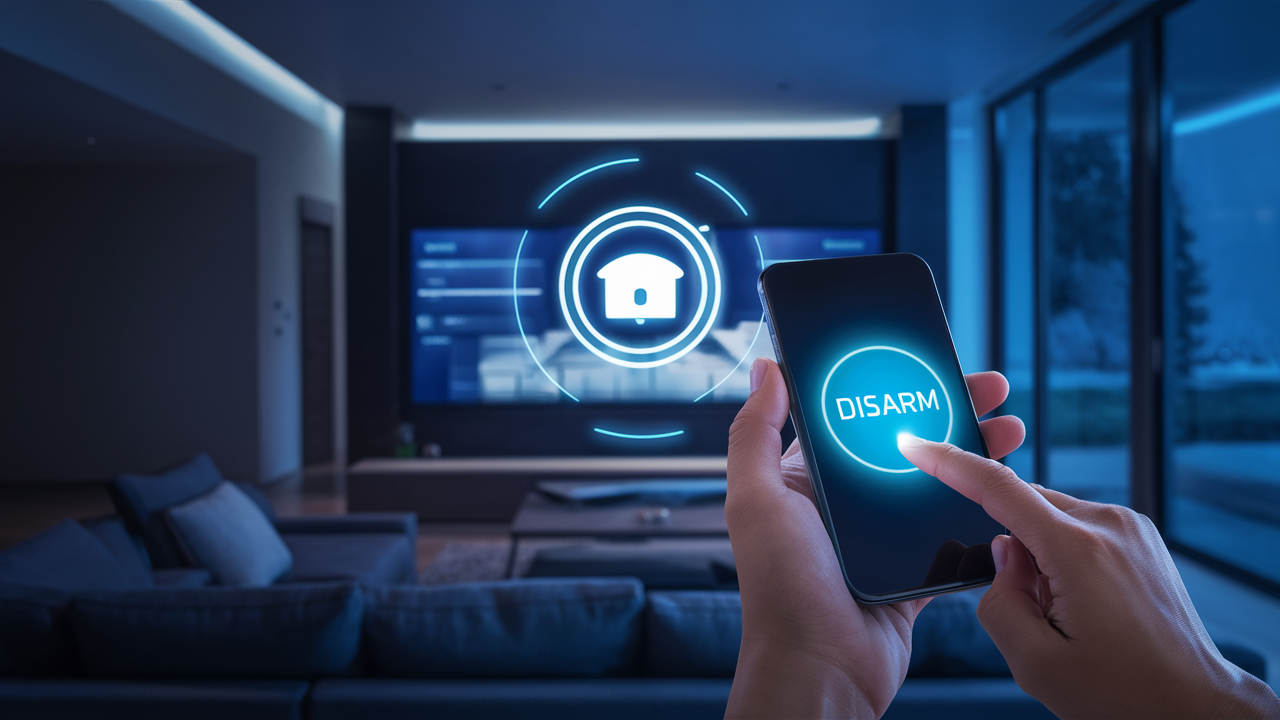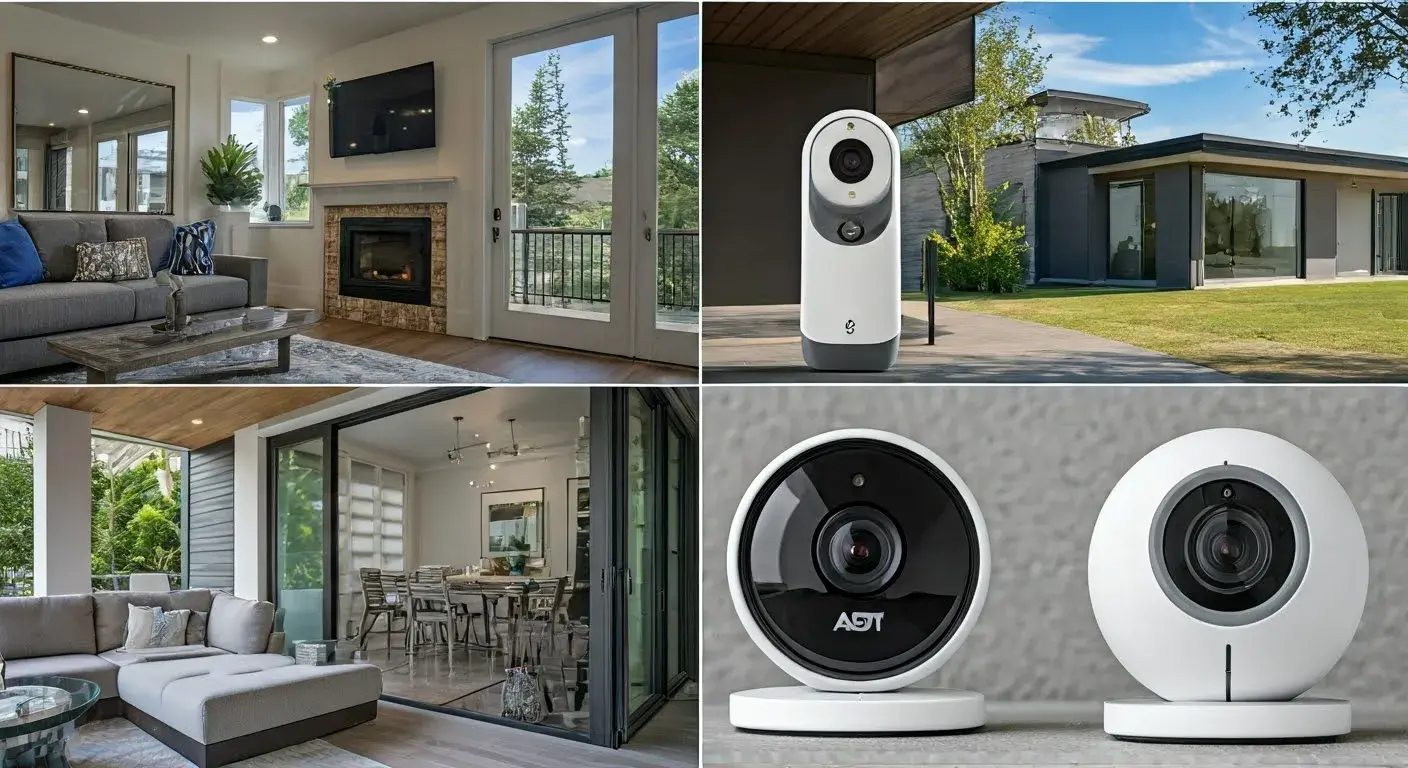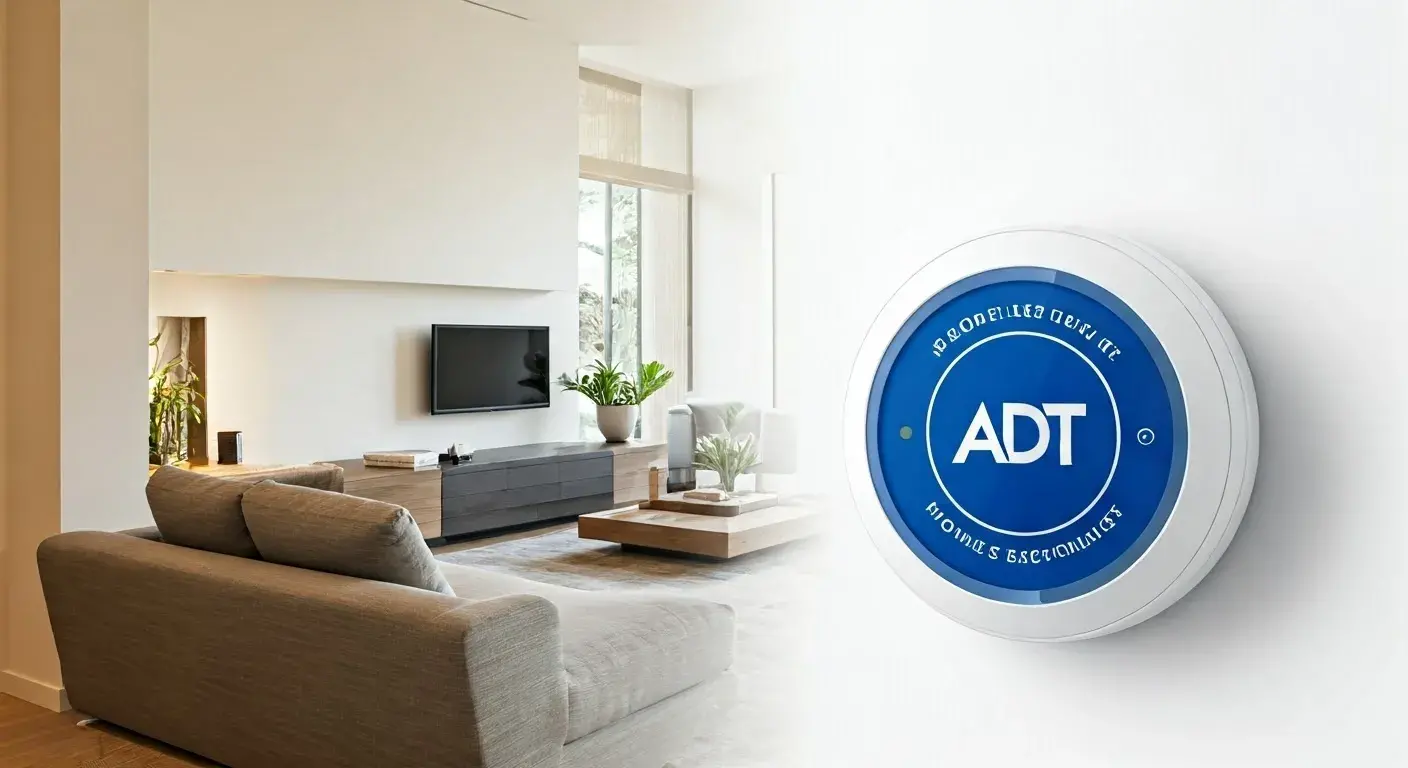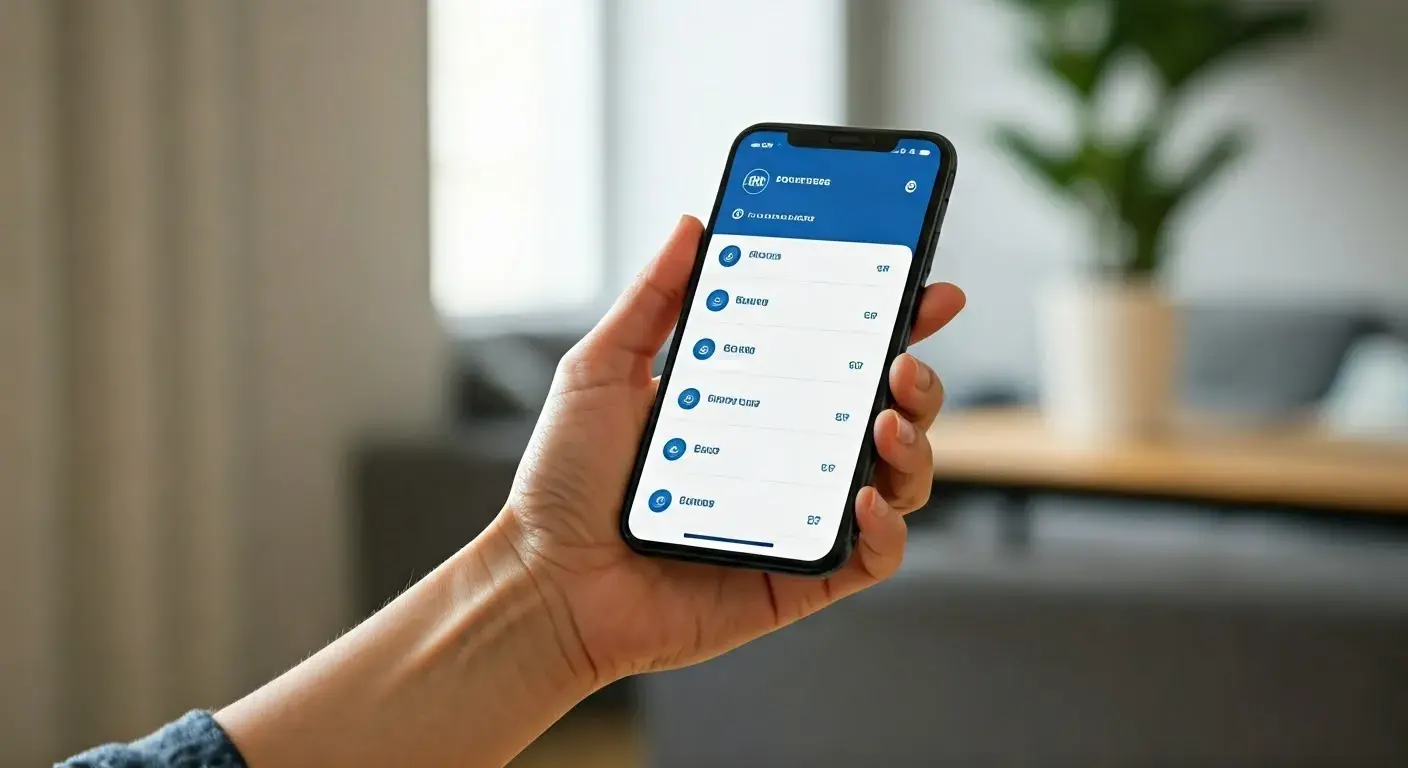ADT is a nationwide home security service provider and is one of the most recognized brands in the United States. They offer various security systems and services in and outside the home such as burglar alarms, fire alarms, and carbon monoxide detectors among others home automation systems among others. One question homeowners often have regarding their ADT alarm system is: Clicking these numbers, can ADT disable my alarm? Some of the instances in which such a feature may be of use include scenarios in which you want ADT to be able to disarm your alarm on your behalf – for instance, when the alarm was triggered by mistake, you are locked out of the house or you do not have your passcode to turn off the alarm before the police are alerted. will explain whether ADT can shut down alarms at a distance as well as the scenarios in which they can or cannot do this.
ADT Remote Access Capabilities Many current alarm systems using ADT also offer some degree of home monitoring and control. That is why for many systems, ADT can arm or disarm the system of your home without you having to do it yourself from the comfort of their monitoring center. However, there are some restrictions avoiding threats to the security of a house and regulating what actions an external controller is permitted to perform under various conditions if the controller is allowed to manage a system placed within the house.
In a manner that’s simple to understand, therefore, the correct answer is affirmative; at times, an ADT representative can indeed disarm a triggered alarm from pha one or an application. However, in some circumstances, where the type of alarm that has gone off and the sensors activated are considered critical, remote disarming cannot be done. There are also protection measures that can prevent other people or even ADT from gaining remote access to the house.
DisarmBurglar Alarms Remotely If your basic burglar alarm system with door and window contacts or motion detectors is ringing, in most circumstances an ADT operator situated in their central monitoring station should be able to sign into your system and shut it down for you. This would help to prevent the loud beeping noise that occurs inside the home and also to prevent the dispatching of the police for a possible break-in if no one is home or you are unable to get there in time yourself. As long as ADT can confirm your identity over the phone or access your homeowner account, they can usually disable a traditional burglary alarm. ”
The only time this would be the case is if a glass break sensor or other sign that a genuine break-in has occurred is initiated – unfortunately, since safety is of paramount concern, ADT cannot always cancel a police dispatch if it seems as though break damage is occurring or has likely occurred in the home. However, in most normal circumstances such as the accidental alarm or to allow service personnel etc to gain access, remote disarmament is feasible.
Controlling Fire/Carbon Monoxide Alarm System With Ease In the case of hazardous conditions observed in a home such as fire or the generation of excess carbon monoxide, however, the capacity that ADT has for controlling the situation from an offsite location is significantly hampered. As for such activities life safety alarm events, the focus is more on avoiding any delay in emergency response compared to such factors as convenience or excluding any nuisance arising from the alarm.
Thus, in most instances, the answer is no – you cannot just call or use an application on your smartphone and have ADT turn off the loud fire or carbon monoxide alarm. The same could be fatal even if, it was just an accidental sound due to smoke from burned foods and other things that may cause the alarm to go off. But if one fire produces another when an alarm is shut off without confirming that it is secure initially, it is very dangerous. ADT will still contact the emergency response like the fire department even if you tell them that it only appears to be a trigger. Specifically for fire alarms, several local ordinances prevent remote lock or reset if an alarm becomes active to uphold public safety standards.
But there are some exceptions: for example, if you have your home automated with ADan T security system and smoke detector connected to it and the fire alarm broadcasting system, the burning toast will first trigger the smoke detector, which will tell ADT to call you before the general fire alarm will sound. In that type of scenario, they theoretically could allow you to only silence the first detector – although normally only once they’ve fully assessed the home and confirmed that it is safe. In most occurrences, though direct fire or carbon monoxide detector alarms cannot be reset from a remote position – after triggering the alarms must remain active until cancellation on-scene.
Restrictions to Illegitimate Connections It is so worth mentioning that ADT has three measures that reduce the chance of unauthorized or malevolent remote access. Even though ADT agents can legally gain entry to customer systems with authorization and identification, In September 2009 outsider hacking or exploitation could not be easily accomplished due to the authentication requirements. Concerning security, the control system is programmed in a way that any individual trying to gain access without permission or entering the correct login credentials will be denied access.
Therefore, common unrelated individuals cannot reach the walls and mechanisms of an ADT system to disable actual alarms or mess with the devices. Technicians such as those who work for ADT or any of its branches can access a customer’s house and help when they identify themselves as such –this doesn’t apply to intruders who have no right to tamper with home security devices. Therefore, whereas convenience in alarms may be gained through remote access, the customers can be assured they are not accessible to other unauthorized persons.
Conclusion
Nevertheless, ADT does have the capacity to disable most home burglar alarms from their central hub if certain identification procedures are done – to prevent police from responding to the alarm if you’re not home or unable to turn it off yourself within the time that is required. However, for fire, carbon monoxide, and glass break alarms, remote disablement will not normally happen since there has to be an emergency response in the case of safety. Secure authentication procedures also ensure that no unauthorized persons can ever gain access to any of the ADT systems. Hence, remote access is kept as safe and aimed only at situations that have been ascertained and required to meet the needs of the customers. Knowing what ADT can and cannot disarm for you demystifies what happens when your alarm is tripped by accident deliberately or otherwise.
Protect your home today with ADT’s top-rated security solutions!
Call now at +1 877-470-7879 to get a free consultation and find out how you can secure your home with the best in the business. Don’t wait—ensure your peace of mind with ADT!







